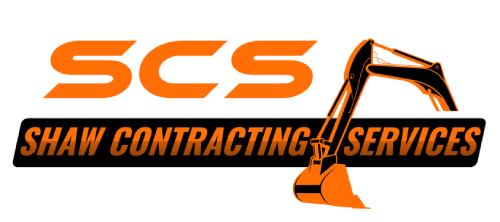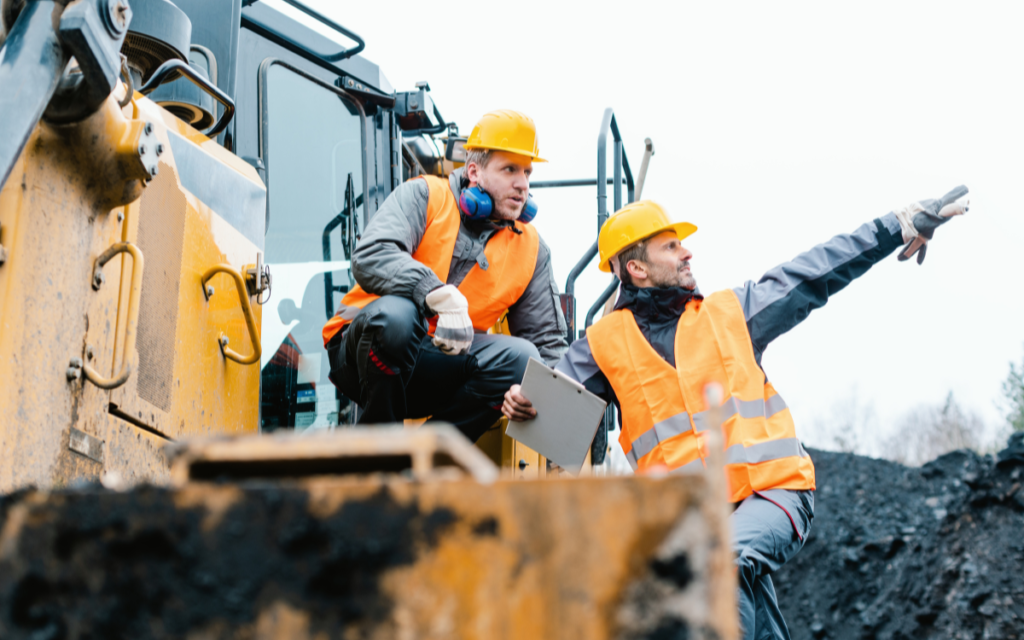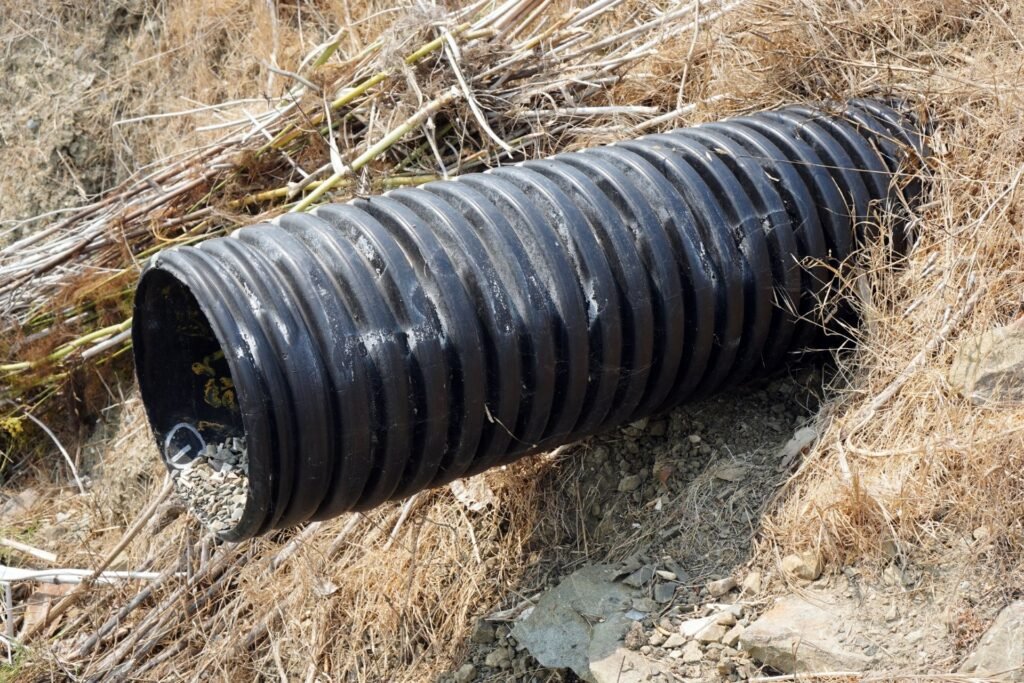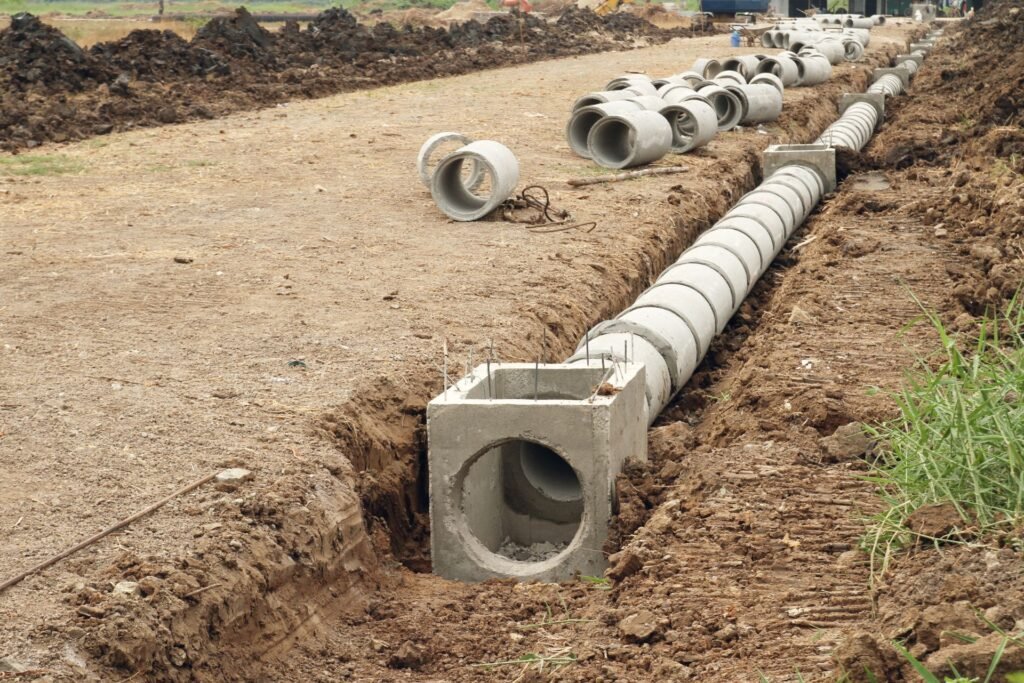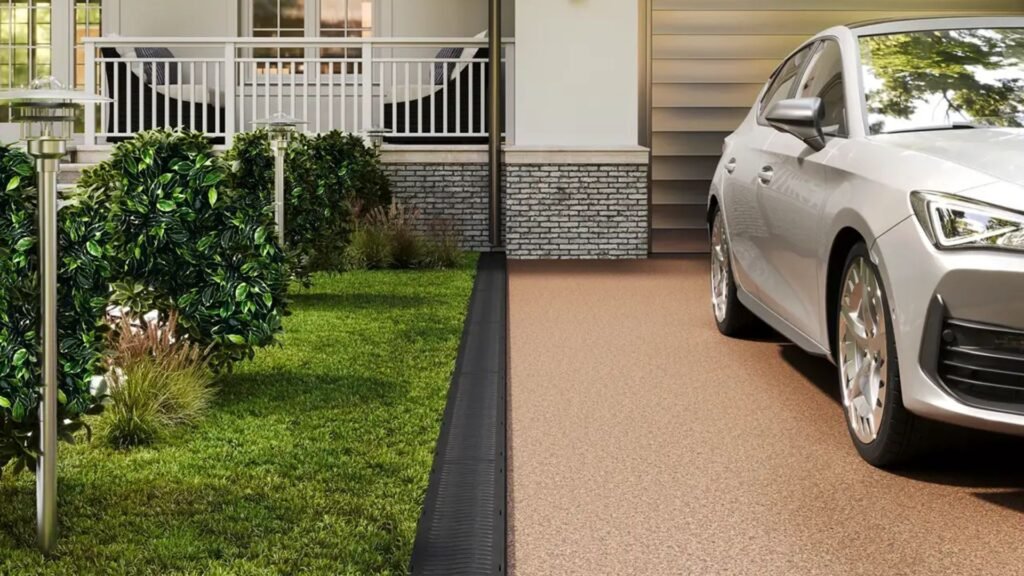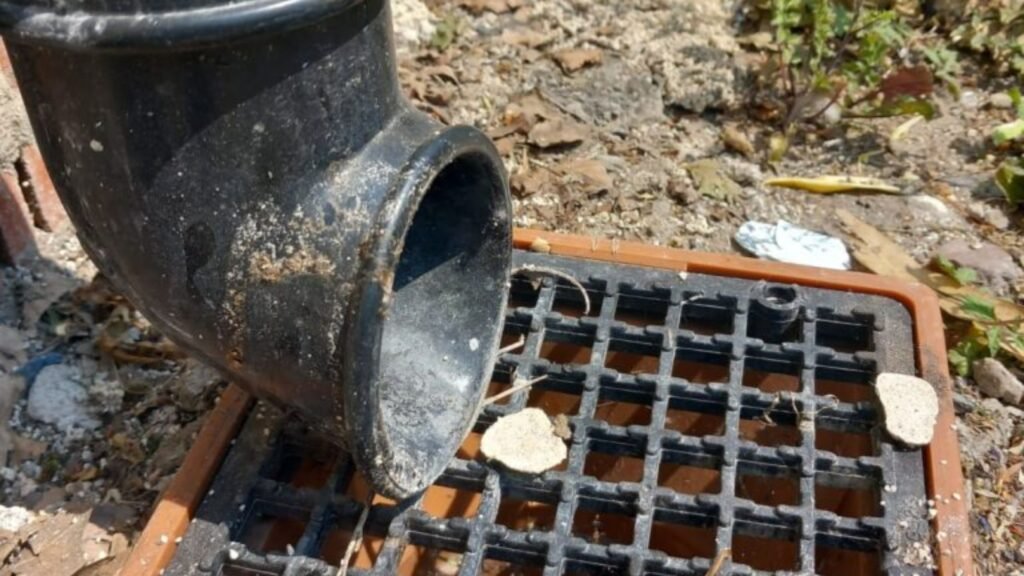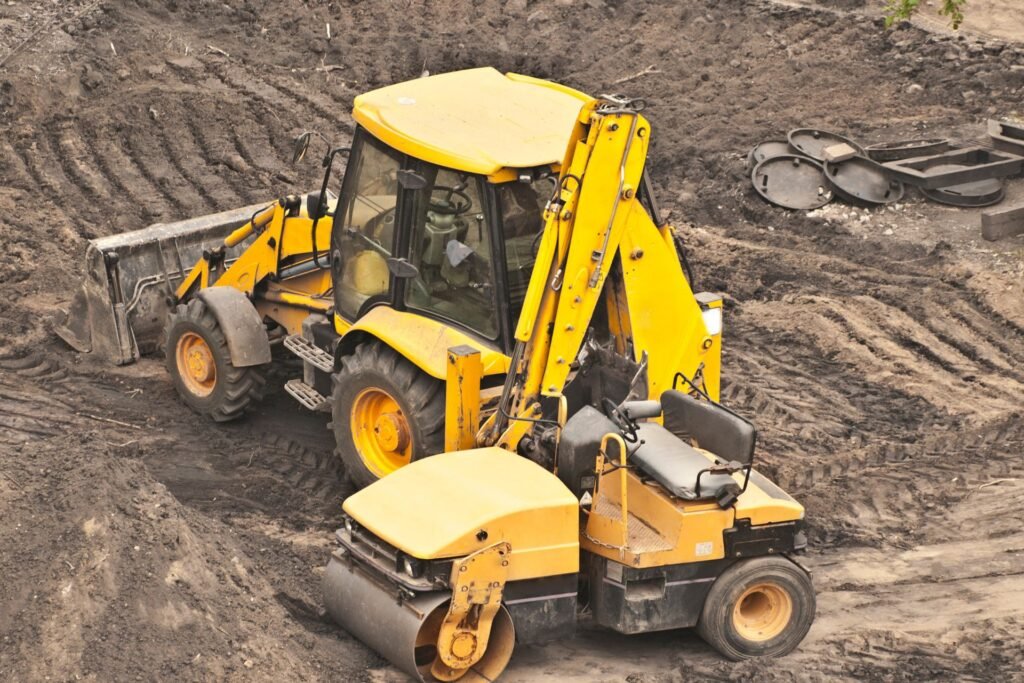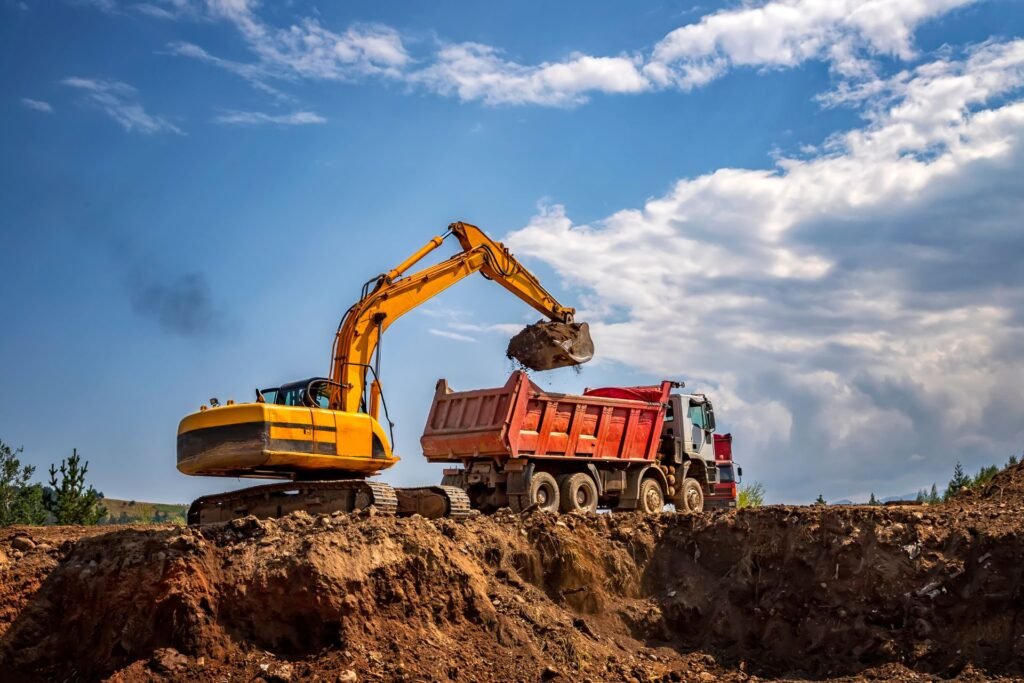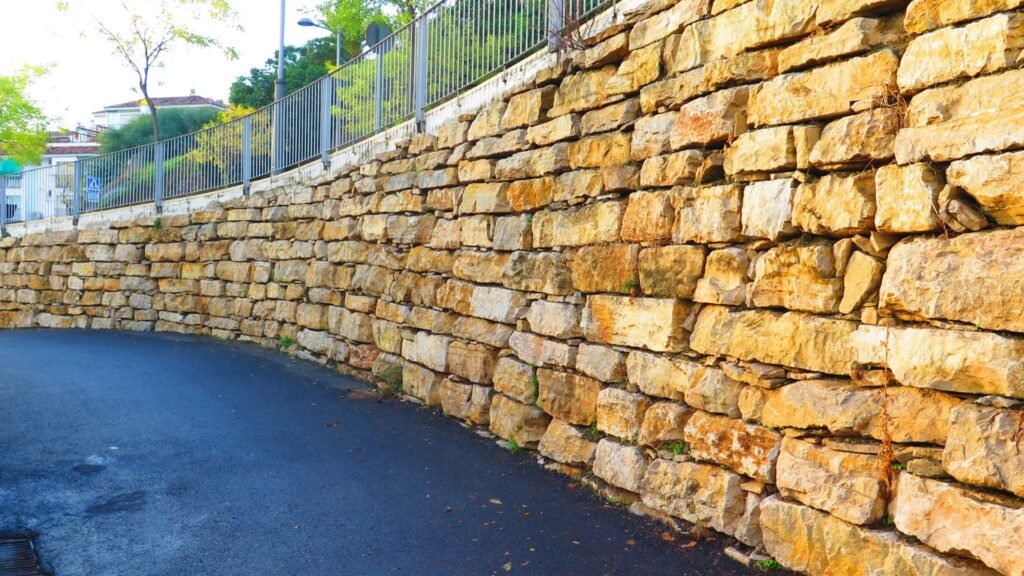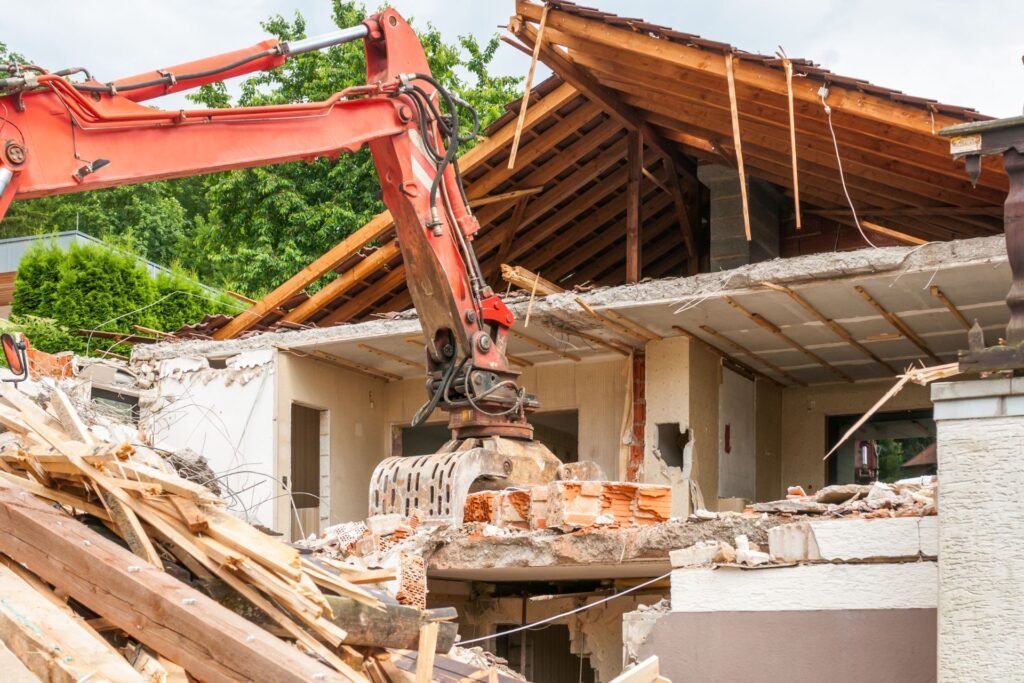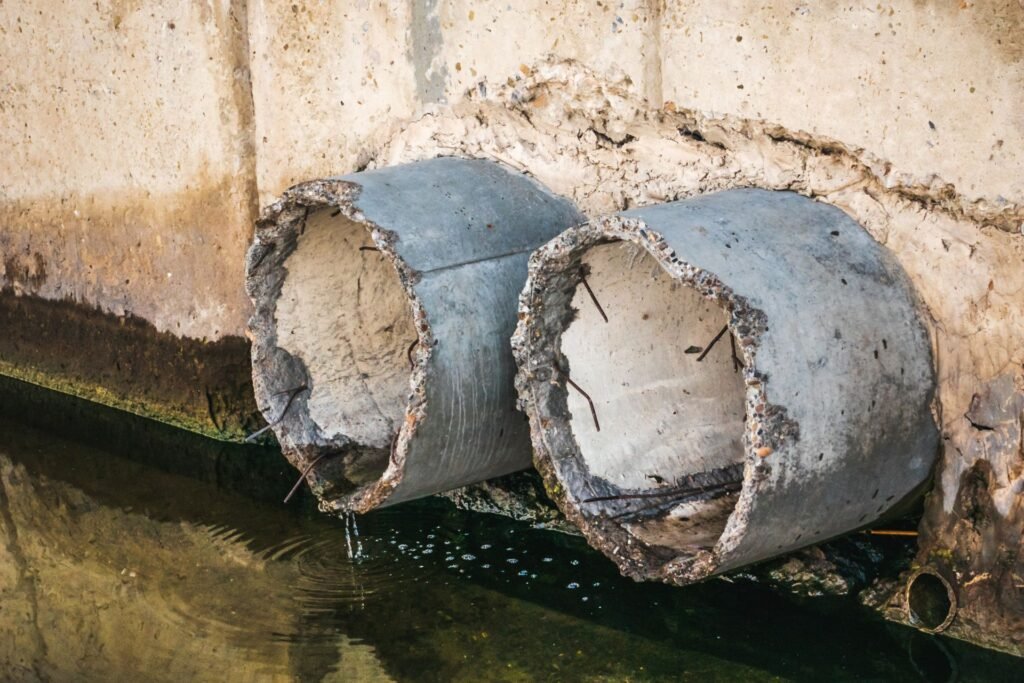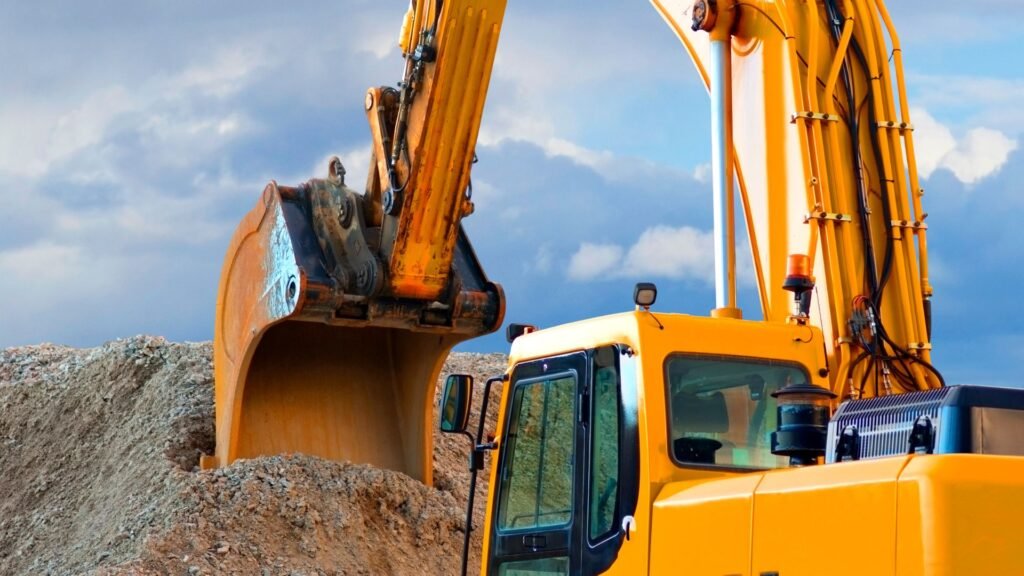Welcome to your ultimate guide on cess pits in New Zealand! Whether you’re a homeowner living in a rural area, a business owner, or simply someone curious about alternative waste management systems, you’ve come to the right place. Cess pits are an essential yet often overlooked part of the infrastructure for properties that aren’t connected to public sewer systems, especially in remote parts of NZ. In this post, we’ll dive deep into what cess pits are, why they remain relevant in certain regions, and what you need to know to maintain them properly. From understanding the pros and cons to learning about regulations and alternatives, we’ve got you covered with everything you need to make informed decisions about cess pits and wastewater management in New Zealand.
A cess pit in NZ is an underground tank used for waste collection in properties without access to public sewer systems, commonly found in rural areas. It functions by collecting wastewater and allowing solids to settle, with liquids draining into the surrounding soil. Regular maintenance, including professional inspections and emptying, is crucial to prevent environmental contamination and ensure compliance with local regulations. Cess pits are a cost-effective solution for waste management, though they require more frequent upkeep compared to modern alternatives like septic tanks.
Table of Contents
What Is A Cess Pit?
Definition
A cess pit, also known as a cesspool, is an underground tank specifically designed for waste collection. These tanks are essential in properties that lack connection to a central sewerage system, serving as a practical solution to handle wastewater and sewage. Cess pits collect liquid and solid waste from toilets, sinks, and other household drains, where the waste remains stored until it is removed or treated.
Cess pits are often used in rural areas, or in locations where installing a full sewage system is not feasible or too expensive. They do not treat waste like a septic system but act more as a storage unit, requiring periodic emptying to maintain functionality.
History and Use in New Zealand
Historically, cess pits have been widely used in New Zealand, especially in remote or rural regions that don’t have access to a municipal sewer system. In the early days of settlement, they were a common method for managing household waste. As the country modernized, many properties transitioned to septic systems or were connected to centralized sewer systems. However, cess pits are still in use today, particularly in areas where the terrain, cost, or other factors make installing a full sewage system difficult.
Over time, New Zealand has regulated the use of cess pits to ensure they are safe and environmentally friendly. Modern versions are more efficient and often constructed to minimize the impact on groundwater and surrounding land.
How Cess Pits Work
Cess pits function by collecting wastewater and sewage in an underground chamber, typically built from brick, concrete, or plastic. When waste enters the pit, the solids settle at the bottom, while the liquids either evaporate or slowly seep into the ground, depending on the design of the pit.
Cess pits require regular maintenance because they do not process the waste. The sludge that accumulates at the bottom must be periodically pumped out to avoid overflow, which can cause foul odors, groundwater contamination, and environmental damage. The frequency of emptying depends on the size of the pit and the volume of waste it collects, but generally, it needs servicing every few months to years, depending on usage.
Types of Cess Pits
In New Zealand, cess pits come in different designs, each suited to specific environments and needs. The two main categories are:
1. Lined vs. Unlined Cess Pits
- Lined Cess Pits: These have a solid lining made from materials such as brick, concrete, or plastic. The lining helps contain the waste, preventing it from seeping directly into the surrounding soil. Lined pits are often required in areas where the risk of groundwater contamination is high.
- Unlined Cess Pits: These are simple pits dug into the ground without any protective lining. Over time, liquid waste may seep into the surrounding soil. Unlined pits are generally only used in locations where there is minimal risk of contaminating water sources.
2. Permeable vs. Impermeable Cess Pits
- Permeable Cess Pits: These pits allow liquid waste to gradually seep into the surrounding soil, while solid waste remains in the pit. They are typically used in rural settings with ample space and low environmental impact risks.
- Impermeable Cess Pits: These pits are sealed to prevent any liquid waste from escaping into the soil. Impermeable pits are often used in more sensitive areas, such as near water sources or in locations with strict environmental regulations. They require more frequent emptying since they do not allow any waste to naturally dissipate.
Understanding the type of cess pit suitable for your property is essential for maintaining an environmentally safe and functional waste management system. If you’re interested in learning more, check out local resources or speak with a waste management expert who can provide advice based on your specific situation.
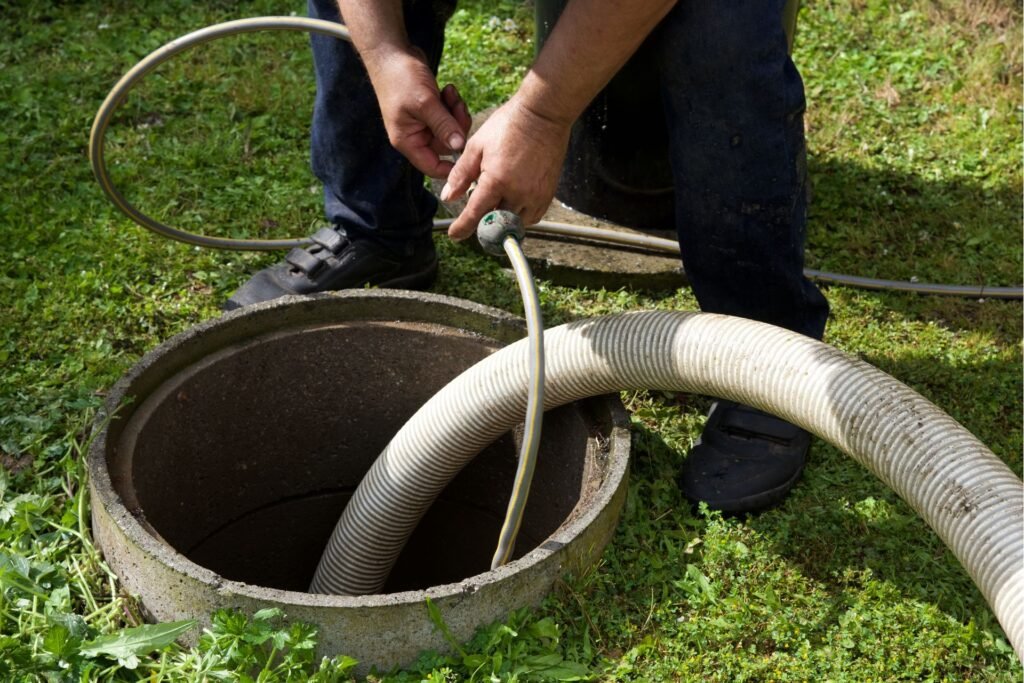
Why Do People Use Cess Pits In NZ?
Cess pits, also known as septic tanks or soakage pits, are still commonly used in various parts of New Zealand for waste management. While modern sewage systems dominate in urban areas, cess pits remain a practical solution in many rural and coastal communities. In this section, we’ll explore the factors contributing to the continued use of cess pits in the country, including geographical, environmental, economic, and legal considerations.
Geographical Factors
New Zealand’s diverse landscape plays a significant role in determining the waste management solutions available to residents. In urban areas with developed infrastructure, access to public sewer systems is typically straightforward. However, in rural or coastal regions, this is often not the case. Many homes in these areas are isolated from the public sewage network, leaving cess pits as the primary option for waste disposal.
For instance, regions like the Coromandel Peninsula, the Far North, and parts of the South Island have sparse populations spread across vast distances. The logistics of connecting these remote properties to centralized sewage systems are complex and costly. As a result, cess pits become the go-to option, offering a simple and localized way to manage wastewater without relying on extensive infrastructure.
Environmental Considerations
New Zealand’s unique natural environment also influences the choice to use cess pits in certain areas. The country’s geology, characterized by high water tables, porous soils, and areas prone to flooding, can make it challenging to install and maintain traditional sewer systems. In regions where the soil can easily absorb wastewater or where there is enough distance from water sources, cess pits provide a feasible solution for waste management.
In areas with high water tables, such as coastal communities or places near rivers, cess pits are often designed to be sealed or lined to prevent groundwater contamination. Additionally, in some places where the soil is particularly sandy or permeable, cess pits can be more effective at dispersing waste than other systems, reducing the need for constant maintenance or extensive drainage fields.
Cost-Effective Solution
Another significant factor driving the use of cess pits in New Zealand is cost. Installing a cess pit is generally more affordable than connecting a property to a public sewer system, especially in remote or hard-to-reach locations. For many homeowners, the upfront cost of installing a cess pit is substantially lower than the expense of laying long stretches of pipework to link to a centralized system.
Furthermore, the maintenance costs for cess pits can be relatively low, depending on their size and the volume of waste they handle. In contrast, modern sewage systems often require expensive infrastructure and ongoing management by local authorities. For property owners looking to minimize their spending while still ensuring effective waste disposal, cess pits present an attractive and budget-friendly option.
Legal Requirements
While cess pits are seen as an older method of waste management, they are still legally permitted in many parts of New Zealand, provided they meet certain regulatory standards. The New Zealand government, through local councils, enforces strict guidelines to ensure that cess pits do not pose a risk to public health or the environment.
For example, cess pits must be designed and installed in accordance with the Building Code and relevant local bylaws. These regulations often stipulate minimum distances from water bodies, specific construction materials, and regular maintenance schedules to prevent environmental contamination. Homeowners who wish to install a cess pit are usually required to obtain a consent from their local council, ensuring that the installation is both legal and safe for the surrounding area.
In summary, the continued use of cess pits in New Zealand is influenced by a variety of factors, including geographical isolation, environmental conditions, cost-effectiveness, and legal frameworks. In areas where access to public sewer systems is limited or impractical, cess pits offer a reliable and affordable solution for waste management. However, they must be installed and maintained according to strict guidelines to protect both people and the environment.

Pros And Cons Of Cess Pits
Advantages of Cess Pits
1. Lower Installation Costs
One of the most notable advantages of cess pits is their affordability when compared to full septic systems. For property owners who are on a budget, the lower upfront costs of installing a cess pit can be highly attractive. This makes them an appealing option for those who need a waste management solution but don’t want to invest in the more expensive infrastructure required for a septic system. The simplicity of design and installation means that cess pits are often much cheaper to set up, which can be a huge relief to homeowners.
2. Simplicity in Design and Function
Cess pits are known for their straightforward design, with minimal mechanical components involved. This simplicity translates into easier installation and, in many cases, less technical know-how required for upkeep. Unlike septic systems that may require pumps, filters, and other intricate parts, cess pits rely on a much more basic system. This can reduce the chances of mechanical failure, making them less of a headache for property owners who prefer a no-fuss solution.
3. Ideal for Rural and Low-Usage Areas
Cess pits are particularly suited for rural properties, especially those with limited water usage or where access to a public sewage system is not feasible. In areas where plumbing infrastructure is sparse or nonexistent, cess pits provide an effective solution for managing waste. They work well in settings where the volume of waste is relatively low, such as in holiday homes, cottages, or other properties that are not occupied year-round. For rural homeowners, cess pits can be an efficient and practical choice.
Disadvantages of Cess Pits
1. Environmental Impact and Potential Risks
One of the most significant downsides to cess pits is their potential negative impact on the environment. If not properly maintained, cess pits can leak, posing a serious risk to groundwater contamination. This can lead to a host of environmental and health issues, particularly in areas where drinking water is drawn from nearby wells. The risk of contamination makes proper monitoring and upkeep of cess pits critical to prevent environmental harm.
2. Odors and Overflow Concerns
Another disadvantage of cess pits is the unpleasant odors that can arise, especially if the system is not emptied regularly. Without diligent management, cess pits can overflow, leading to unsanitary conditions and potentially harmful health risks. The combination of bad smells and the risk of overflowing waste can make cess pits less appealing for those who may not be able to commit to frequent maintenance. For homes located near neighbors or public spaces, the issue of odor can also create tensions with the surrounding community.
3. Frequent Maintenance and Long-Term Costs
While cess pits may have lower upfront costs, they can become more expensive over time due to the need for frequent emptying. Unlike septic tanks, which treat waste on-site and require less frequent servicing, cess pits are merely storage systems that fill up quickly and need regular attention. The costs associated with frequent pumping and disposal of waste can add up, making cess pits more costly in the long term. Property owners should be prepared for the ongoing expense and inconvenience that cess pit maintenance entails.
Final Thoughts
Cess pits offer an affordable and simple solution for waste management, particularly in rural or low-usage settings. However, their potential environmental impact, frequent maintenance needs, and odor concerns must be carefully considered. While they may serve as a cost-effective option in the short term, the long-term implications of maintenance and potential environmental risks are factors that homeowners should weigh before installation.
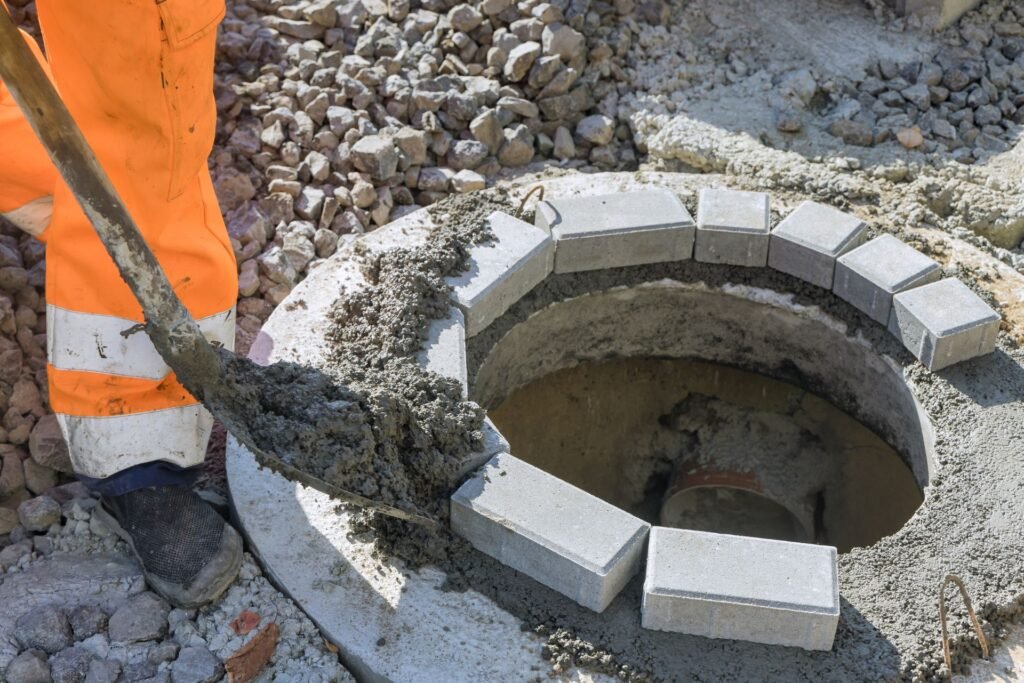
Cess Pit Maintenance Tips For NZ Homeowners
Owning a home with a cess pit in New Zealand comes with certain responsibilities, and one of the most important is maintaining your cess pit. Proper maintenance ensures that your system functions efficiently, prevents contamination, and avoids costly repairs down the line. In this guide, we’ll cover the essentials of cess pit maintenance, helping you keep your home safe and your system in top condition.
The Importance of Regular Maintenance
Regular maintenance of your cess pit is crucial for the health and safety of your household and the surrounding environment. When cess pits are neglected, they can overflow, leading to contamination of your soil and groundwater. This not only affects your home but also poses significant risks to your local ecosystem. Additionally, ignoring routine care can result in expensive repairs or even complete system failure, requiring full replacement.
Consistent upkeep can help you catch small issues before they turn into major problems, keeping your system functioning smoothly and preventing nasty surprises like sewage backups or unpleasant odors.
How to Check for Issues
To ensure your cess pit is operating properly, it’s important to regularly inspect for potential problems. Here are some signs that could indicate trouble:
1. Overflowing Wastewater: If you notice water or waste materials overflowing from the cess pit, this is a sign that the system is full or blocked.
2. Slow Drainage: If sinks, toilets, or drains in your home are slow to empty, it may indicate that your cess pit is struggling to process the waste efficiently.
3. Unpleasant Odors: A foul smell near the cess pit or in your home can indicate that waste is not breaking down properly or that there is a blockage in the system.
4. Pooling Water: Puddles or soggy areas around your cess pit could be a sign of leakage or overflow.
These signs shouldn’t be ignored. If you spot any of these issues, it’s time to take action, whether through DIY maintenance or calling in a professional.
Scheduling Professional Inspections
While regular DIY checks are beneficial, professional inspections are key to ensuring your cess pit remains in optimal condition. Professional cess pit services will thoroughly inspect your system, empty it as needed, and check for structural integrity.
As a general rule, it’s recommended that homeowners in New Zealand have their cess pits inspected and emptied every three to five years, depending on usage. Larger households or older systems may need more frequent attention. Scheduling routine inspections helps catch issues early before they escalate into expensive repairs or replacements.
DIY Tips for Safe Maintenance
While professional inspections are essential, there are several steps you can take to maintain your cess pit between service visits. Here are some practical DIY maintenance tips:
1. Avoid Blockages: Be mindful of what you flush down your drains. Avoid disposing of non-biodegradable items like wet wipes, sanitary products, and excessive amounts of grease or oil, as these can clog your system.
2. Maintain the Area: Keep the area surrounding your cess pit free of heavy tree roots and large plants, as they can invade and damage the system. It’s best to avoid planting trees or large shrubs within 10 meters of your cess pit to reduce the risk of root intrusion.
3. Monitor Water Usage: Excessive water use can overwhelm your cess pit. Fix leaks, spread out laundry loads, and consider water-saving fixtures to prevent your system from becoming overloaded.
By incorporating these practices into your routine, you can help extend the life of your cess pit and keep it running efficiently.
Warning Signs of Failure
It’s important to stay vigilant for signs that your cess pit may be failing. Some key warning signals include:
- Water Pooling: If you notice standing water or soggy patches around your cess pit, this could indicate that the system is overflowing or leaking.
- Strong Odors: Persistent, strong smells of sewage are a major red flag that something is wrong with your cess pit, indicating that waste isn’t properly contained or processed.
- Visible Waste Leaks: If you see waste material leaking from your cess pit, this is a clear indication that the system has failed and needs immediate attention.
If you encounter any of these warning signs, it’s critical to contact a professional immediately to assess the situation and perform necessary repairs.
Taking care of your cess pit may seem like a daunting task, but with regular inspections, proper maintenance, and prompt attention to warning signs, you can avoid costly repairs and keep your home safe. By staying on top of your system’s needs, you’ll ensure that it operates efficiently for years to come, protecting both your property and the environment.
Cess pit maintenance doesn’t have to be complicated, but it does require diligence. By following these tips, you can keep your system running smoothly and avoid the headaches that come with neglect.
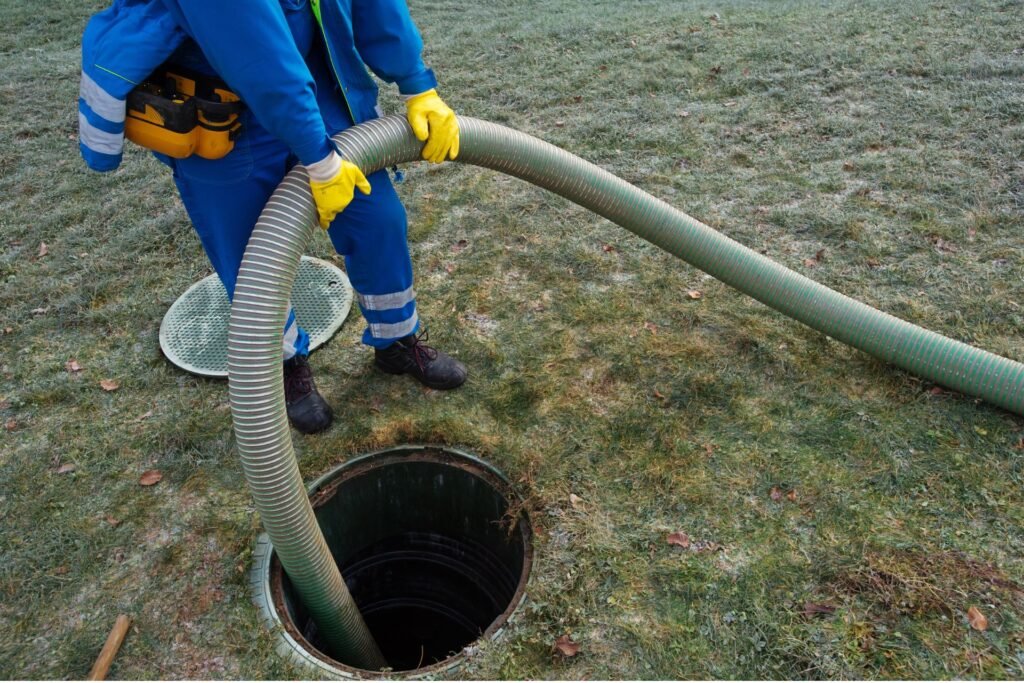
Regulations And Legal Considerations For Cess Pits In NZ
Navigating the legal landscape surrounding cess pits in New Zealand can be complex due to regional variations in rules and the need to comply with environmental protection standards. Homeowners and property managers must remain informed to ensure they operate within the law and protect the environment. Below is a comprehensive overview of the current regulations, environmental considerations, and practical steps to ensure compliance.
Current Laws and Guidelines
In New Zealand, cess pits (or septic systems, depending on the context) are regulated primarily through regional and local authorities. The regulations can differ significantly depending on the region, making it essential to understand the specific requirements for where you live.
1. Auckland: Auckland’s Unitary Plan has specific rules about the installation, maintenance, and location of cess pits, particularly in rural areas where centralized sewage systems are not available. Permits are often required for installation, and systems must meet specific design standards.
2. Waikato: In the Waikato region, cess pit regulations are overseen by the Waikato Regional Council. The council emphasizes the protection of waterways, requiring that cess pits are properly designed to prevent contamination. This region also has stricter guidelines for the proximity of cess pits to water sources.
3. Canterbury: Canterbury, particularly rural Canterbury, has its own set of regulations focused on managing the environmental impact of wastewater systems. The Canterbury Regional Council provides guidelines to prevent pollution and requires that all wastewater systems, including cess pits, adhere to the regional plan to protect groundwater.
These regional rules are crucial for property owners to follow, especially as they can vary in terms of setback requirements (distance from property boundaries, water sources, etc.), installation processes, and maintenance routines.
Environmental Protection Standards
Environmental protection is a significant concern in New Zealand’s cess pit regulations, primarily governed by the Resource Management Act (RMA). This act ensures that the use of cess pits does not negatively impact the environment, particularly in terms of water quality.
- Resource Management Act (RMA): The RMA mandates that all cess pits must be managed to avoid pollution of waterways and ensure the protection of ecosystems. Under the act, improper maintenance or installation of cess pits that leads to environmental harm could result in fines or legal action.
- Effluent Management: New Zealand’s environmental standards also dictate how wastewater (or effluent) from cess pits should be managed. Proper treatment and disposal methods must be followed to prevent any untreated sewage from leaking into the ground or nearby water bodies. Homeowners are required to ensure their cess pits are adequately designed and maintained to minimize their environmental impact.
Compliance with these environmental standards is essential not just for legal reasons but also for preserving New Zealand’s natural beauty and biodiversity.
How to Stay Compliant
For homeowners in New Zealand who own or are planning to install a cess pit, staying compliant with local laws and environmental regulations is essential. Here are some practical steps to ensure compliance:
1. Register Your Cess Pit with Local Authorities: In many regions, it is mandatory to register your cess pit with the local council. This ensures that your system is on record and meets all the necessary legal standards. Registration may also involve regular inspections to verify that the system remains in good working order.
2. Follow Wastewater Management Rules: Each council will have specific rules regarding how wastewater is treated and disposed of. For example, councils may require that cess pits are located a certain distance away from rivers, streams, or other water sources to prevent contamination. Following these rules will help you avoid fines and environmental penalties.
3. Adhere to Environmental Standards: Always ensure that your cess pit is properly installed and maintained to meet environmental standards. Regular maintenance, such as pumping out the cess pit, helps prevent overflows and environmental damage. In some regions, you may need to submit proof of regular maintenance to remain compliant.
4. Seek Professional Advice: If you are unsure about the regulations in your area, it can be beneficial to consult with a professional who specializes in wastewater management. They can offer guidance on both installation and ongoing compliance, ensuring that your cess pit adheres to all local and environmental regulations.
By following these steps, homeowners can ensure that their cess pits operate legally and efficiently while minimizing their environmental impact. Staying informed and proactive is key to avoiding fines and helping to protect New Zealand’s natural resources.
This guide provides a clear understanding of the regulations, environmental standards, and compliance steps needed for managing cess pits in New Zealand. It offers practical advice for homeowners and ensures they meet both legal and environmental requirements across different regions of the country.
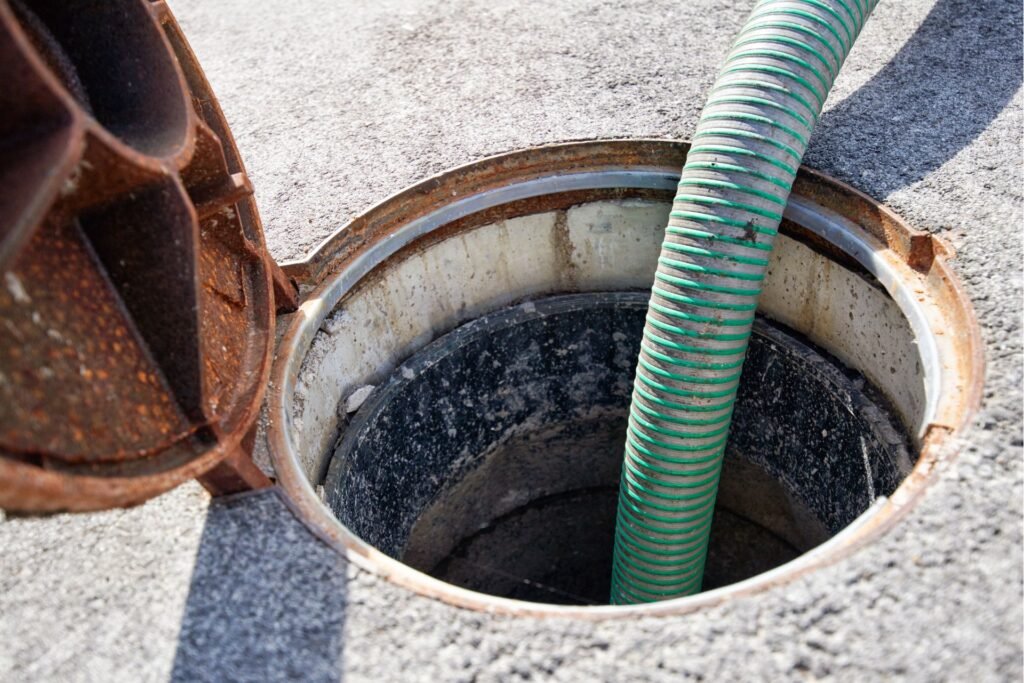
Alternatives To Cess Pits
For many property owners, particularly in rural areas, managing wastewater can be challenging. Traditionally, cess pits were one of the most common methods of handling sewage, but there are now a range of more efficient, environmentally friendly options available. Let’s explore some of the key alternatives to cess pits that homeowners can consider, including septic tanks and advanced wastewater treatment systems.
Septic Tanks
A septic tank is a step up from a cess pit in both functionality and sustainability. While cess pits are simply deep holes where waste collects and needs to be emptied regularly, septic tanks offer a more structured approach to waste management. In a septic tank system, waste is separated into solid and liquid components. The solid waste settles at the bottom of the tank and decomposes through natural processes, while the liquid effluent is distributed into a drain field where it is further treated as it seeps into the soil.
Pros of Septic Tanks
1. Cost-effective: Septic systems are relatively affordable and require fewer regular maintenance costs compared to cess pits.
2. Environmental Benefits: Septic tanks offer a more eco-friendly solution, as they treat wastewater on-site and reduce the risk of contamination of groundwater.
3. Less frequent pumping: Unlike cess pits, septic tanks don’t need to be pumped as frequently, making them a more convenient option.
Cons of Septic Tanks
1. Space Requirements: Septic systems require a significant amount of space for the tank and drain field, making them less suitable for smaller properties.
2. Maintenance Needs: While they require less frequent pumping, septic tanks still need to be maintained to ensure proper functioning. Failure to do so can lead to costly repairs.
3. Soil Conditions: Septic tanks depend on soil drainage, so they are not ideal in areas where the soil has poor absorption rates.
When to Upgrade to a Septic Tank
Upgrading to a septic tank system may be a smart move if you are dealing with frequent cess pit overflow, concerned about the environmental impact of your waste management system, or simply tired of the maintenance hassles. Septic tanks are especially beneficial for rural properties with sufficient land and good soil conditions.
Advanced Wastewater Treatment Systems
Modern waste treatment technologies offer even more eco-conscious and effective alternatives to traditional cess pits and septic tanks. These advanced systems go beyond basic waste disposal to focus on treatment and reuse, making them ideal for environmentally conscious homeowners.
1. Aerobic Treatment Units (ATUs): ATUs are more advanced than septic tanks, using oxygen to promote bacterial growth that breaks down waste more quickly and efficiently. This results in cleaner effluent that can often be used for irrigation purposes. ATUs are especially useful in areas where soil drainage is poor or where a higher level of wastewater treatment is required.
2. Greywater Systems: Greywater systems recycle water from household activities such as washing dishes, laundry, and bathing. This recycled water can then be used for non-potable purposes like irrigation, reducing overall water consumption and decreasing the load on septic tanks or cess pits. Greywater systems are highly sustainable and environmentally friendly, though they require careful installation and maintenance to avoid contamination.
Benefits of Advanced Wastewater Treatment Systems
1. Eco-Friendly: These systems reduce the environmental impact by treating wastewater more thoroughly and allowing for water reuse.
2. Versatile: They can be tailored to suit a variety of property sizes and soil conditions, offering more flexibility than traditional cess pits or septic tanks.
3. Reduced Water Usage: Greywater systems in particular help conserve water, a crucial consideration in regions prone to drought or water shortages.
Drawbacks of Advanced Wastewater Systems
1. Higher Initial Costs: The installation of ATUs or greywater systems can be more expensive than septic tanks or cess pits.
2. Complexity: These systems require more advanced technology and maintenance, making them less ideal for homeowners seeking a low-maintenance solution.
Case Study: A Rural NZ Homeowner’s Upgrade from a Cess Pit to a Septic Tank
John, a rural homeowner from the outskirts of Wellington, had been using a cess pit for years to manage his household waste. As his family grew, he noticed more frequent cess pit overflows and higher maintenance costs. Worried about the environmental impact and the health risks posed by the cess pit, John decided to upgrade to a septic tank system.
The process involved hiring a licensed contractor to assess his property’s soil conditions and space requirements. After confirming that the soil was suitable for a septic system, the contractor installed a 3000-liter septic tank with a drain field. The installation took about two weeks, during which time John was able to continue using his cess pit until the new system was fully operational.
Since the upgrade, John has noticed a significant reduction in maintenance costs and peace of mind knowing that his household waste is being treated in an environmentally responsible manner. The initial installation cost of the septic tank system was around NZD 8,000, but John expects to recover these costs over time through lower maintenance expenses. Plus, he’s confident that his system will contribute to preserving the clean, green environment New Zealand is famous for.
By considering these alternatives, homeowners like John can make informed decisions about the best wastewater management system for their property. Whether upgrading to a septic tank or exploring advanced systems like ATUs and greywater recycling, the benefits of moving away from cess pits are clear: better environmental outcomes, cost savings over time, and more efficient management of wastewater.
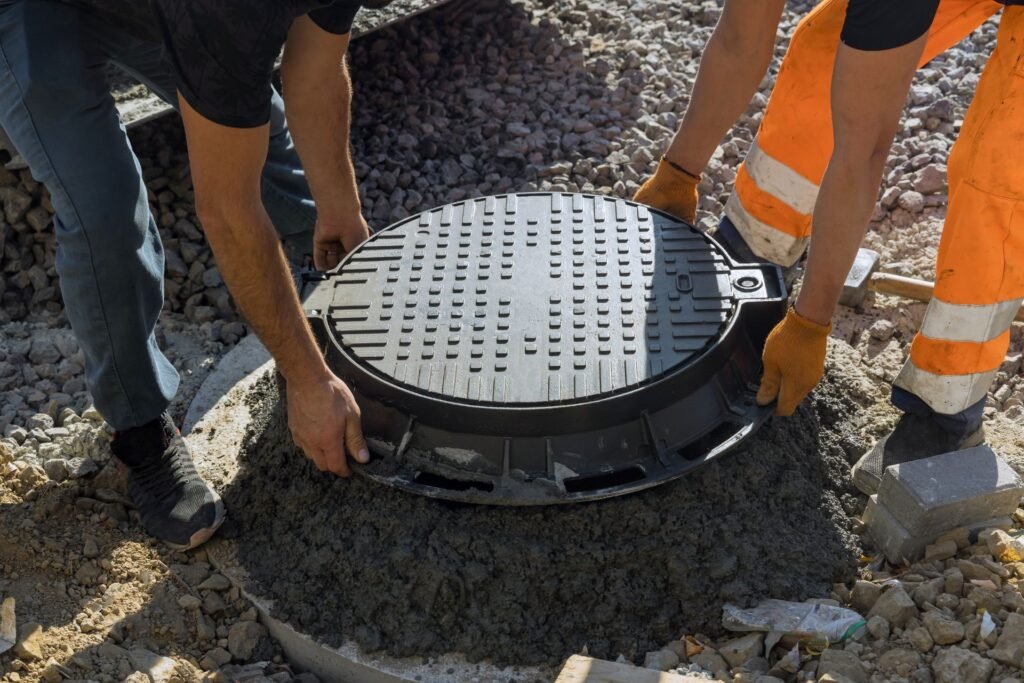
How To Choose The Right Waste Management System For Your NZ Property
Selecting the ideal waste management system for your property in New Zealand is more than just a box to tick off; it’s an essential decision that impacts both your living conditions and the environment. To help make the right choice, it’s crucial to consider several factors, seek expert advice, and think long-term. Here’s a breakdown to guide you through this process.
Factors to Consider
Choosing the best waste management system requires a thorough evaluation of your property’s unique characteristics. Here’s a checklist of essential factors to consider:
- Property Size: Larger properties may allow for more expansive systems, such as composting or advanced septic tanks, while smaller properties might be better suited for compact, low-maintenance options. Evaluate how much space you have for installation and maintenance.
- Location: The geographical location of your property plays a critical role. Is your property located in a rural area, near a coastline, or in an urban environment? For instance, rural properties may benefit from self-contained systems like septic tanks, while urban properties might need to comply with specific council regulations.
- Proximity to Water Sources: If your property is near lakes, rivers, or coastlines, you’ll need to take extra precautions to prevent contamination of natural water sources. Environmental safety should be a top priority when selecting a waste management system in these areas.
- Budget: Different waste management systems come with varying costs. Consider not only the upfront expenses of installation but also the long-term operational and maintenance costs. Cheaper systems might save you money initially, but could be more expensive over time due to higher maintenance needs or stricter regulations.
By assessing these factors, you’ll have a clearer understanding of which waste management systems are suitable for your property, making it easier to make an informed decision.
Consulting Professionals
The complexity of waste management systems and their installation can vary widely, which is why it’s important to consult with professionals. New Zealand has strict environmental regulations, and licensed installers or environmental consultants can help ensure that your system complies with these laws while functioning effectively.
- Seek Expert Advice: Licensed professionals understand the local landscape, regulations, and system capabilities. They will assess your property’s needs and guide you towards the most suitable options, whether it’s a simple waste disposal solution or an advanced environmentally-friendly system.
- Local Expertise: Professionals in New Zealand have the expertise to navigate specific challenges such as the unique soil types, water tables, and zoning regulations that might impact your decision. Consulting with them early in the process can save you from costly mistakes later on.
Whether you’re renovating, building a new home, or upgrading your current system, engaging with an expert will ensure that your waste management solution is both effective and compliant.
Long-Term Planning
While it’s easy to focus on immediate needs, it’s vital to think long-term when choosing a waste management system. Here’s why planning for the future can save you time, money, and potential headaches:
- Future Costs: Some systems may be cheaper to install but more expensive to maintain over time. When selecting a system, consider how long it will last, the likelihood of repairs, and any recurring operational costs, such as electricity or maintenance services.
- Environmental Impact: Opt for systems that minimize environmental damage. For example, systems designed to reduce waste volume or treat wastewater can significantly lessen your property’s environmental footprint. Consider whether the system you choose aligns with sustainable practices, which are increasingly becoming the standard across New Zealand.
- Potential Regulations: Waste management regulations can change as governments introduce new policies to protect the environment. Planning ahead by choosing a system that not only meets current standards but is adaptable to future regulatory requirements can save you from needing costly upgrades down the line.
In conclusion, the right waste management system is a long-term investment in your property and the environment. By carefully assessing your property’s specific needs, consulting with professionals, and thinking ahead, you can choose a solution that works now and for years to come. Remember, effective waste management isn’t just about today – it’s about ensuring a sustainable, clean future for your property and your community.

FAQs: About Cess Pits NZ
What is a cess pit and how does it work?
A cess pit is an underground tank used to collect and store wastewater from properties that aren’t connected to a public sewer system. Wastewater enters the cess pit, where solids settle at the bottom, and liquids either drain through the soil or remain contained until the tank is emptied. Regular maintenance is required to prevent overflow and environmental contamination.
Are cess pits still legal in New Zealand?
Yes, cess pits are still legal in certain parts of New Zealand, especially in rural areas where access to public sewer systems is limited. However, there are regulations in place to ensure that they are installed and maintained correctly to minimize environmental risks. It’s important to check with your local council for specific guidelines.
How often should cess pits be emptied?
Cess pits should typically be emptied every 6 months to 2 years, depending on usage and the size of the pit. Regular inspections are recommended to assess whether the pit is nearing capacity or if there are any issues that require attention.
What are the environmental risks associated with cess pits?
If not properly maintained, cess pits can leak or overflow, potentially contaminating groundwater and nearby water sources. This poses a significant environmental risk, especially in areas with high water tables or permeable soil. Regular emptying and inspections are key to preventing these problems.
What are the alternatives to cess pits?
Alternatives to cess pits include septic tanks, aerobic treatment units (ATUs), and other advanced wastewater treatment systems. Septic tanks are the most common alternative, offering more efficient treatment of wastewater with less environmental risk and fewer maintenance requirements compared to cess pits.
How much does it cost to install a cess pit in NZ?
The cost of installing a cess pit in New Zealand can vary widely depending on the size, location, and type of cess pit. On average, installation can range from $2,000 to $5,000, though this does not include the ongoing costs of maintenance and emptying.
Can I install a cess pit on my property?
Yes, you can install a cess pit on your property if local regulations allow it. It’s important to consult with your local council and a licensed installer to ensure that the cess pit complies with environmental and health standards. Proper planning and site assessment are essential to avoid contamination issues.
What is the difference between a cess pit and a septic tank?
The main difference between a cess pit and a septic tank is how they handle waste. A cess pit collects and stores wastewater without treatment, while a septic tank treats waste by separating solids from liquids and allowing bacteria to break down the organic matter. Septic tanks are generally more environmentally friendly and require less frequent emptying than cess pits.
How do I maintain my cess pit properly?
Proper maintenance of a cess pit includes regular inspections to check for signs of overflow, blockages, or leaks, and scheduling professional emptying every 6 months to 2 years. Avoid flushing non-biodegradable materials and monitor for unusual odors or pooling water, which can indicate a problem.
Is it worth upgrading from a cess pit to a septic tank?
Upgrading from a cess pit to a septic tank can be worthwhile if you’re looking for a more efficient, environmentally friendly solution with lower long-term maintenance costs. Septic tanks provide better wastewater treatment, require less frequent emptying, and may be a more sustainable choice in the long run, especially as regulations around cess pits tighten in some areas of New Zealand.
Conclusion
In conclusion, understanding the complexities of cess pits in New Zealand is essential for making informed decisions about waste management on your property. We’ve discussed the key points, including the benefits and drawbacks of cess pits, as well as the legal considerations specific to New Zealand. It’s crucial for homeowners to assess their current systems and weigh the advantages of potential alternatives, such as septic tanks or modern wastewater solutions. If you’re unsure about the best option for your situation, seeking professional advice is a smart step toward ensuring both environmental safety and legal compliance. By staying informed, you can confidently choose a waste management solution that protects your property and the surrounding environment.
About the Author:
Mike Veail is a recognized digital marketing expert with over 6 years of experience in helping tradespeople and small businesses thrive online. A former quantity surveyor, Mike combines deep industry knowledge with hands-on expertise in SEO and Google Ads. His marketing strategies are tailored to the specific needs of the trades sector, helping businesses increase visibility and generate more leads through proven, ethical methods.
Mike has successfully partnered with numerous companies, establishing a track record of delivering measurable results. His work has been featured across various platforms that showcase his expertise in lead generation and online marketing for the trades sector.
Learn more about Mike's experience and services at https://theleadguy.online or follow him on social media:
